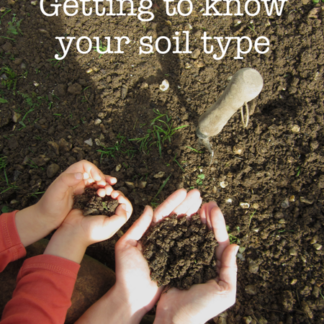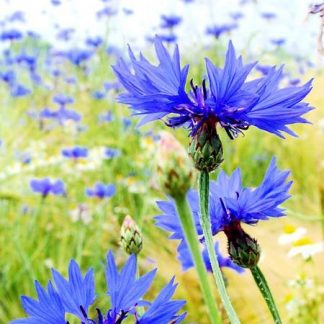Description
Asteraceae (family name)
Forage for pollinators: Produces Pollen and Nectar for many Bees especially Honeybees (In southern, western, eastern and northern Europe the bees still visit the cornflower and produce a highly aromatic, slightly liquid, bright yellow honey with a pleasant taste. Connoisseurs claim that it shines greenish-blue in the honeycombs before the harvest). Bumblebees include Bombus terrestris, B.lapidarius, B.hortorum, B.pascuorum, B.sylvarum. There are also seven wild bee species that store cornflower pollen in their brood cells: Antophora bimaculata, Andrena nigriceps, Halictus scabiosae, Lasioglossum convexiusculum, Ceratina callosa and C. cyanea, as well as the poppy mason bee Osmia papaveris (Westrich 1990). The last-mentioned poppy mason bees line the brood cells of their underground nests with parts of blossom often harvested from Poppy blossoms.
The blossoms secrete nectar all day long with a peak at 11 o’clock. Bees also collect pollen from the cornflowers, which are carried in small, compact, light green patties. Butterflies and Hoverflies also forage on Cornflower (excerpts by Helmut Hintermeier, Gallmersgarten, Germany).
Flowering time: June, July, August
Growing information: HARDY ANNUAL WILDFLOWER. In the wild germination is mainly in the autumn and winter, but some can germinate following spring cultivations. Easy to grow from seed sown any time from August to late April but best sown before the end of March. Spring-sown cornflowers will reach up to 90cm, but autumn-sown plants grow to 1-1.5m and flower six weeks earlier. They require a sunny, open spot and poor soil. Flowers depend on cross-pollination by Bees to set seed.





